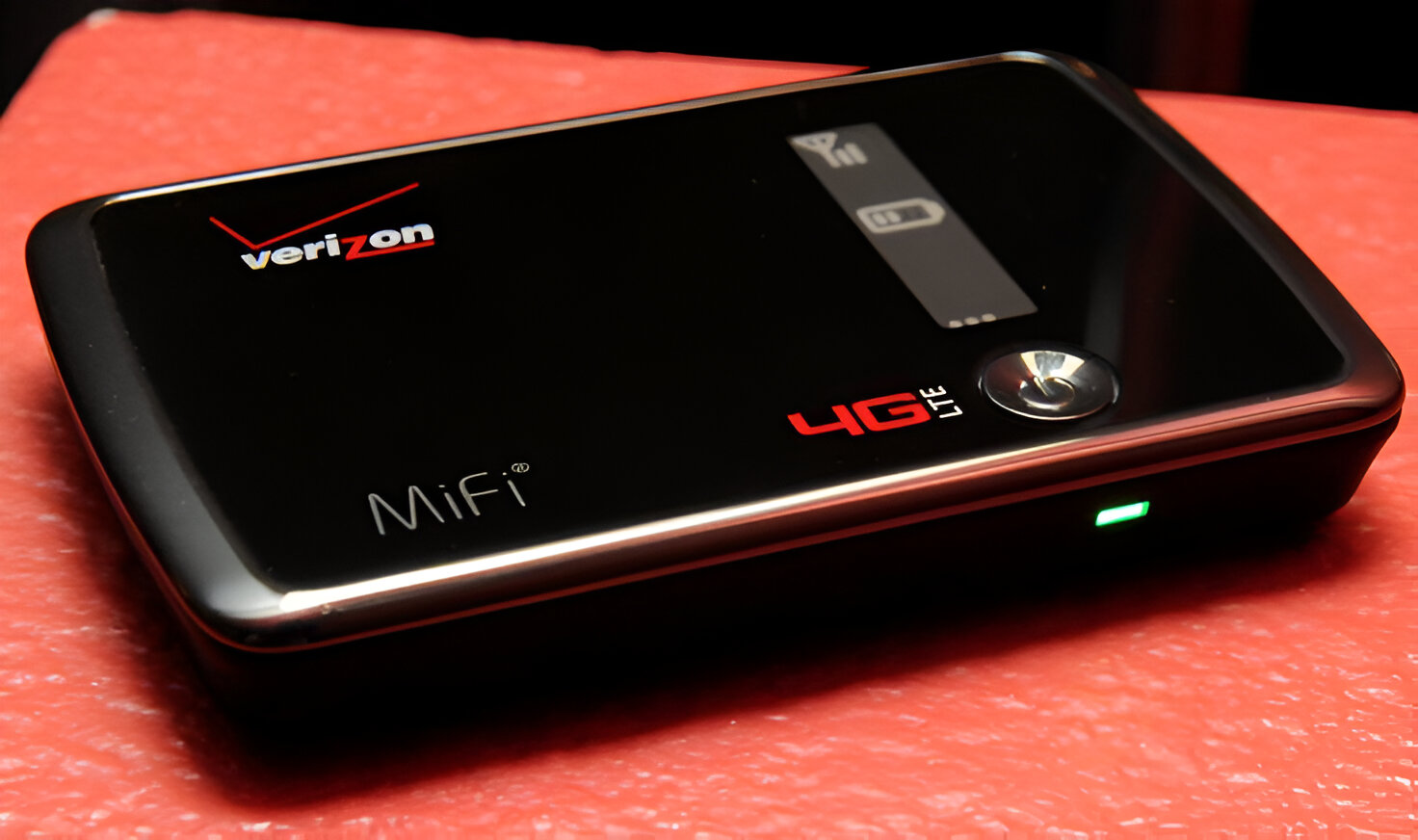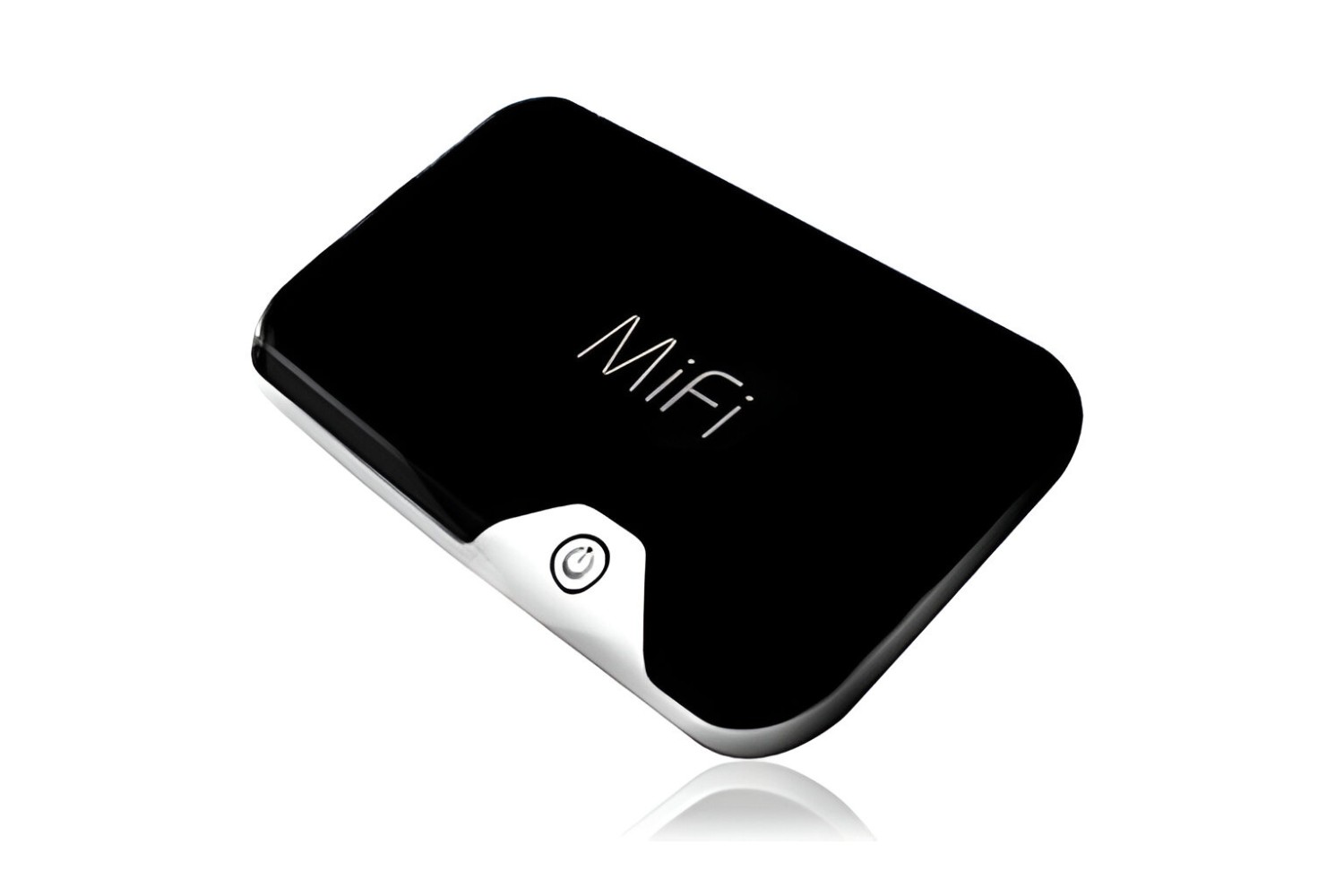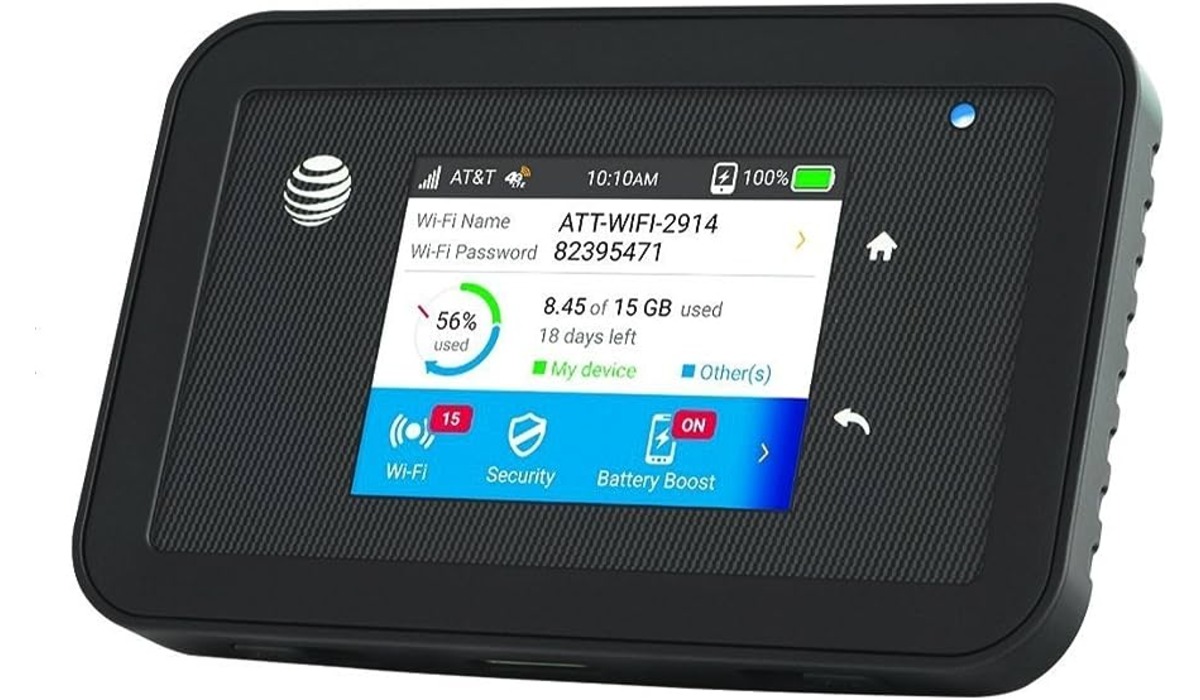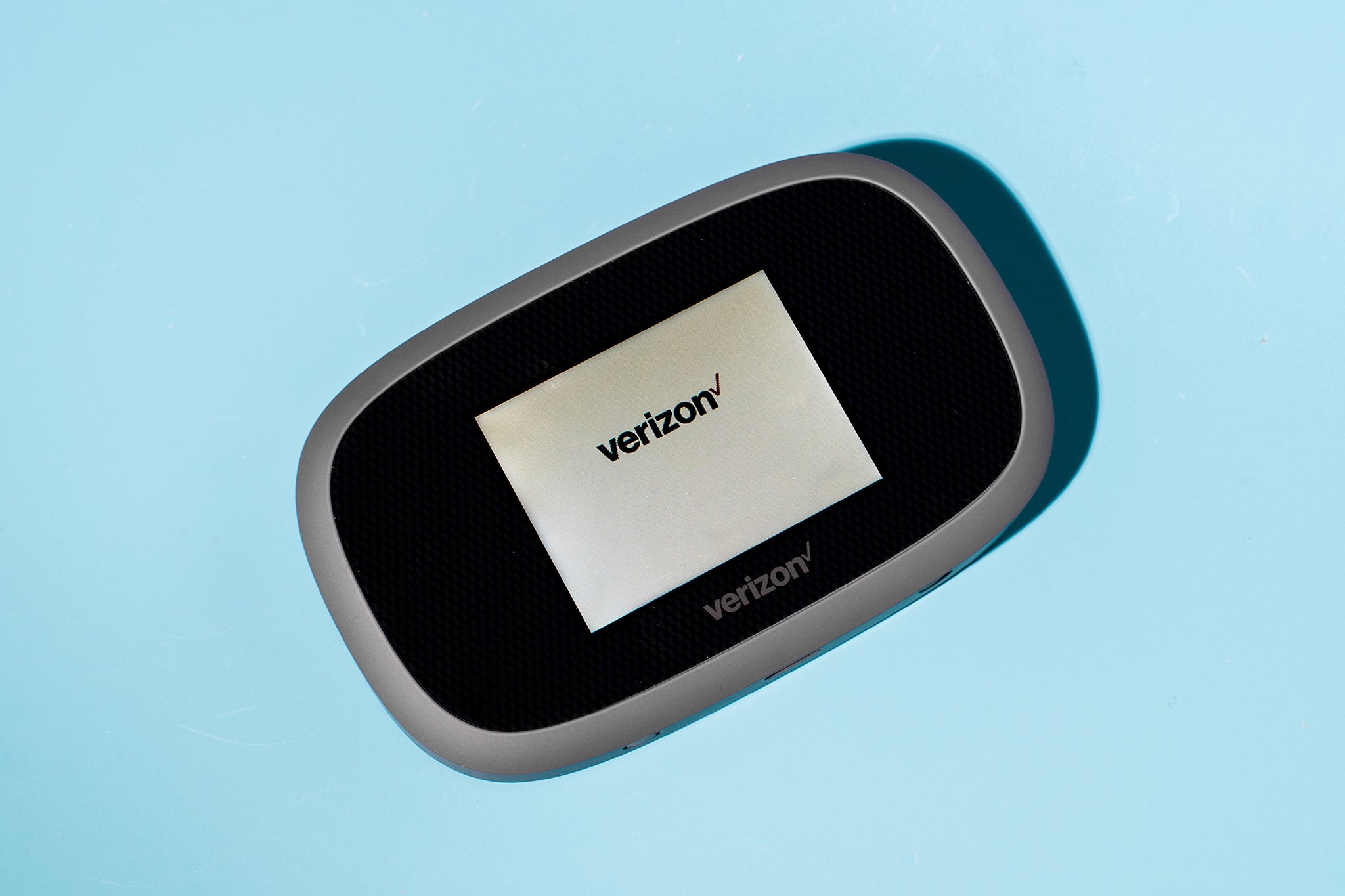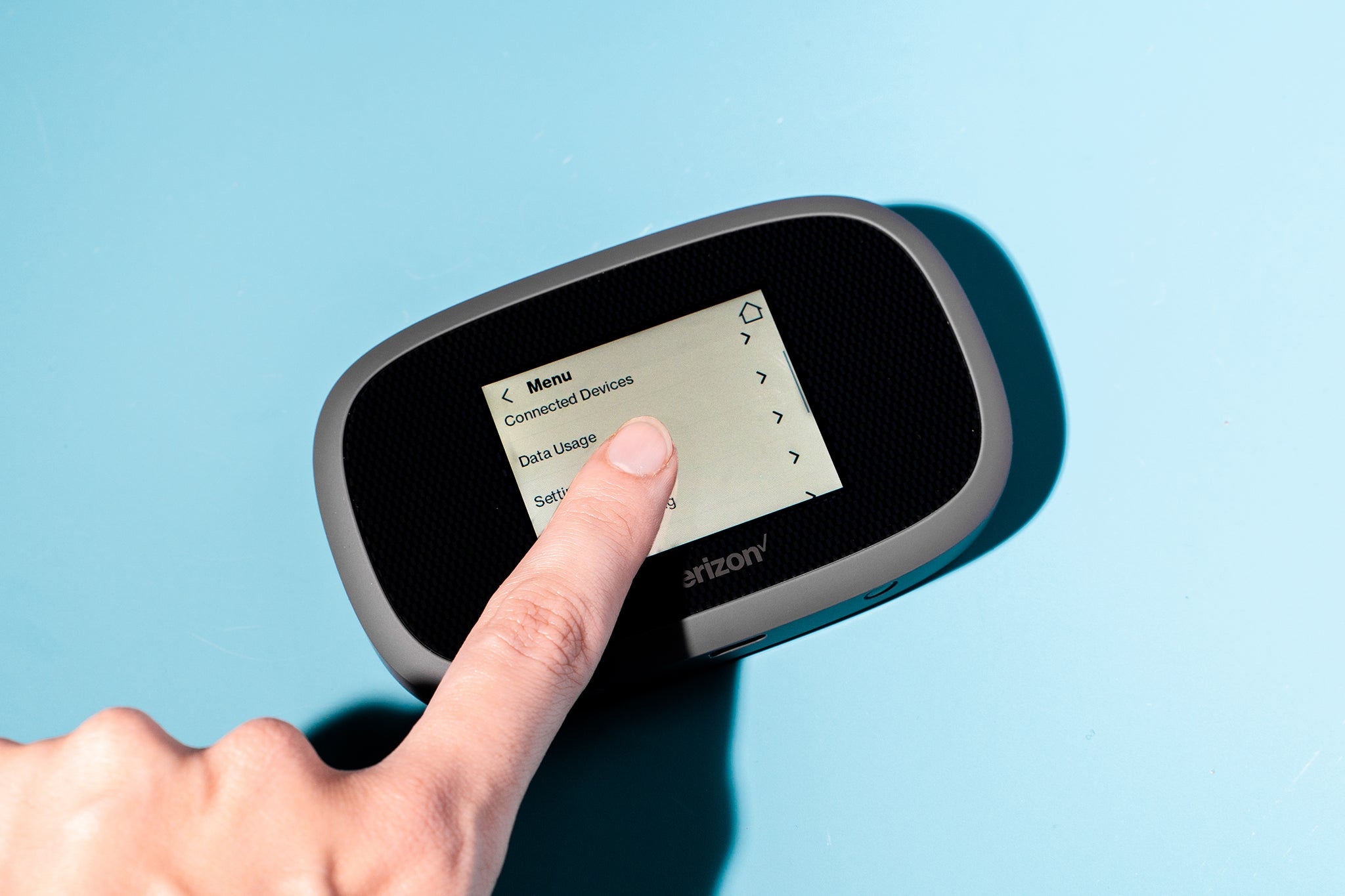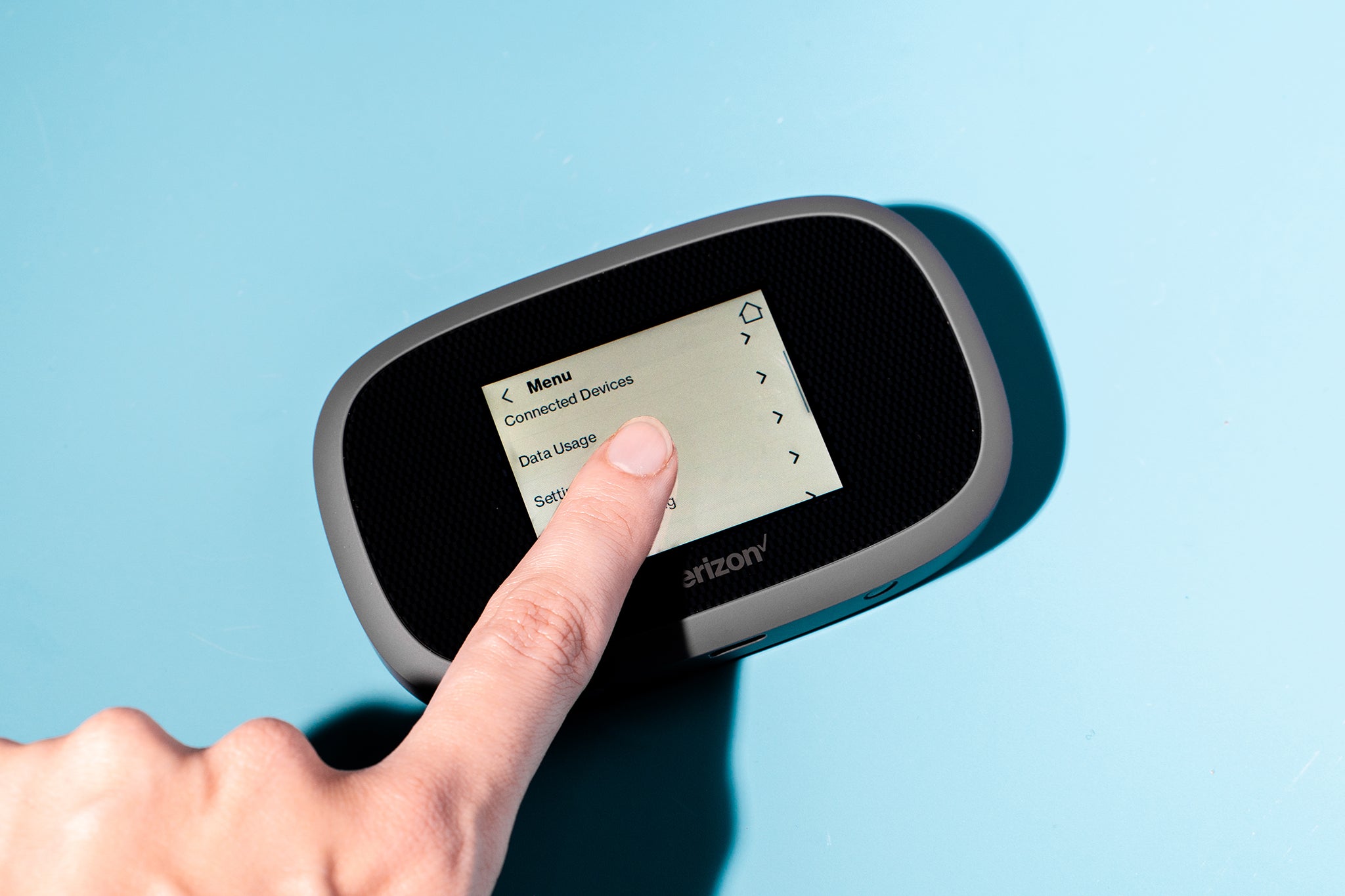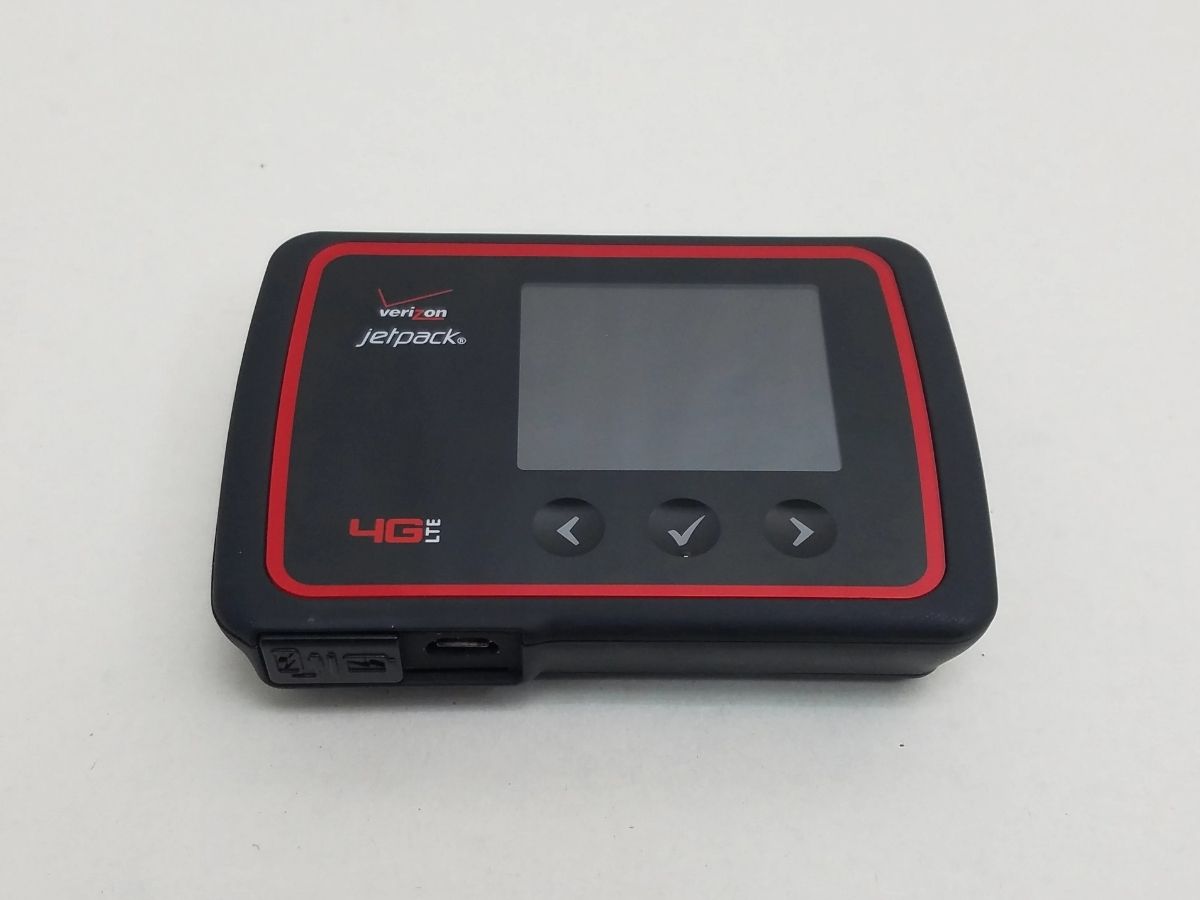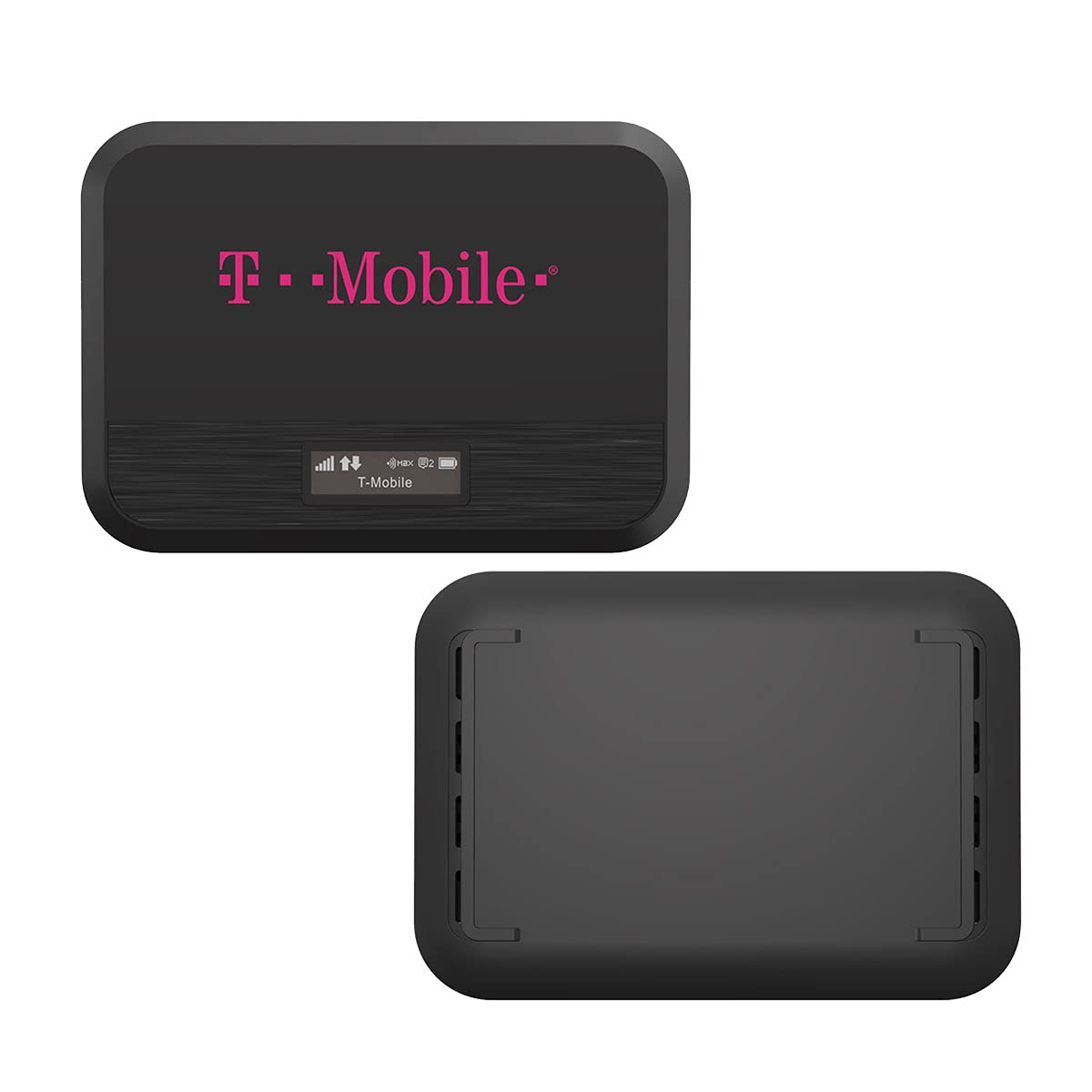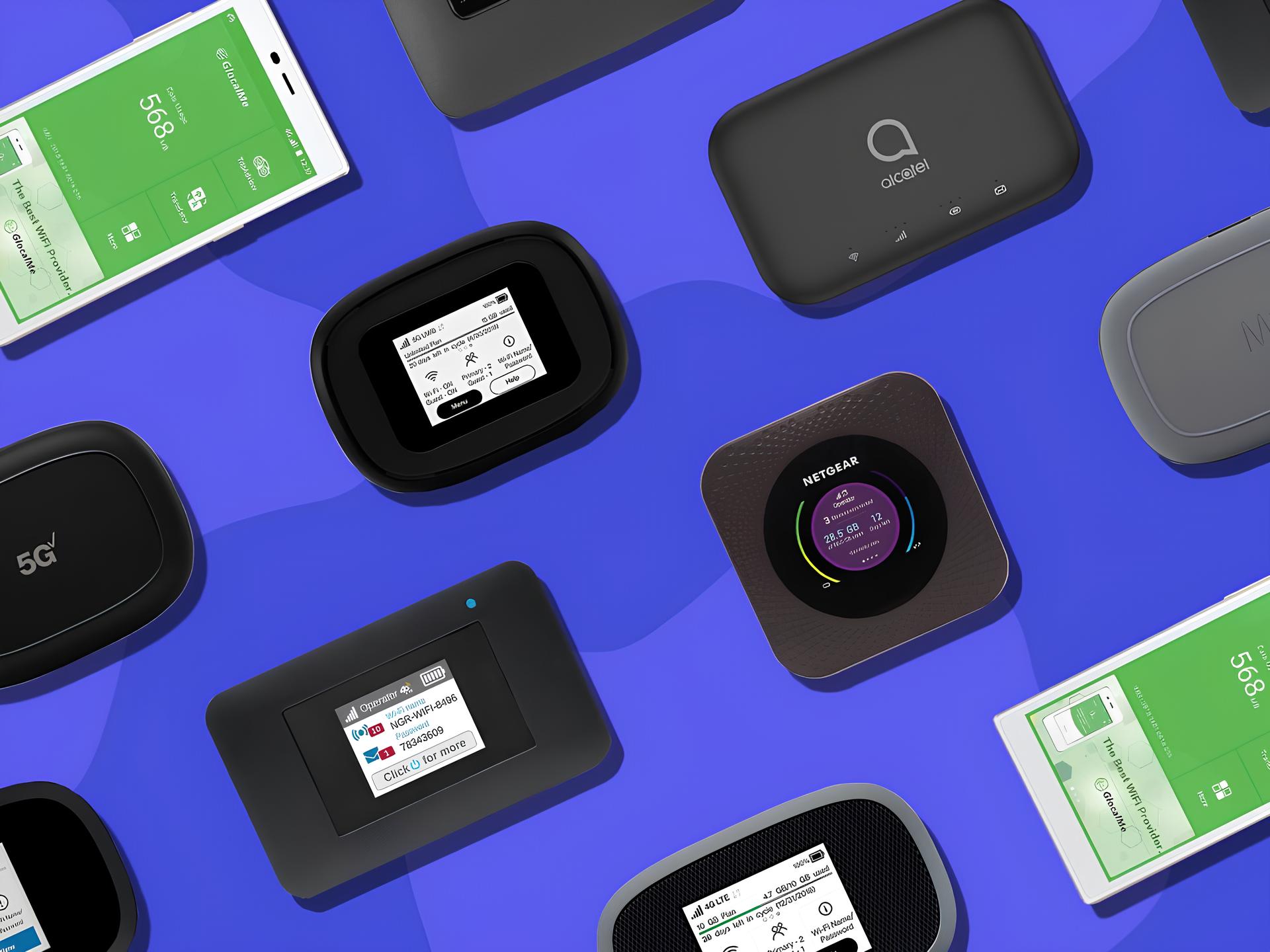Understanding MiFi Hotspot
A MiFi hotspot is a portable device that provides internet connectivity to multiple devices by creating a Wi-Fi network. It serves as a personal, secure, and convenient way to access the internet while on the go. Unlike traditional mobile hotspots that are built into smartphones, MiFi devices are standalone units that offer dedicated internet access without draining your phone's battery.
MiFi hotspots are powered by cellular networks, allowing users to access the internet in areas with network coverage. These devices come in various shapes and sizes, with some supporting 4G LTE and even 5G connectivity, ensuring fast and reliable internet access.
One of the key advantages of using a MiFi hotspot is its ability to provide internet access to multiple devices simultaneously. Whether you're traveling with friends, family, or colleagues, a MiFi hotspot enables everyone to stay connected, making it a valuable tool for both personal and professional use.
Moreover, MiFi hotspots offer flexibility, allowing users to choose from different data plans based on their usage needs. This means you can select a plan that aligns with your data requirements, whether it's for occasional browsing, regular streaming, or heavy-duty work tasks.
Understanding the capabilities of a MiFi hotspot is essential for maximizing its potential. By harnessing the power of this portable internet solution, users can enjoy seamless connectivity, enhanced productivity, and the freedom to stay connected wherever they go.
Choosing the Right MiFi Device
Selecting the right MiFi device is crucial for ensuring optimal performance, reliability, and compatibility with your specific needs. With a wide array of options available in the market, it's essential to consider several factors before making a decision.
1. Network Compatibility
When choosing a MiFi device, it's important to ensure that it is compatible with the network providers available in your area. Different MiFi devices support specific bands and frequencies, so it's vital to verify that the device you select aligns with the network infrastructure in your location. This ensures seamless connectivity and prevents potential compatibility issues.
2. Data Speed and Coverage
Consider the data speed and coverage offered by the MiFi device. If you require fast internet access for activities such as video streaming, online gaming, or video conferencing, opt for a device that supports 4G LTE or 5G connectivity. Additionally, assess the network coverage provided by the device's supported carriers to ensure reliable internet access in various locations.
3. Number of Connected Devices
Evaluate the number of devices you intend to connect to the MiFi hotspot. Some devices support a limited number of simultaneous connections, while others allow for a higher device capacity. Choose a MiFi device that accommodates the number of devices you anticipate connecting, whether it's for personal use, family trips, or business-related activities.
4. Battery Life and Portability
Assess the battery life and portability of the MiFi device. Longer battery life is advantageous, especially during extended travel or outdoor activities. Additionally, consider the device's portability, as compact and lightweight units are more convenient for on-the-go usage.
5. Additional Features
Explore the additional features offered by the MiFi device, such as touchscreen displays, external antenna ports, microSD card support, and advanced security options. These features can enhance the overall user experience and provide added functionality based on your specific requirements.
By carefully evaluating these factors, you can make an informed decision when choosing the right MiFi device. This ensures that the selected device aligns with your connectivity needs, offers the desired performance, and delivers a seamless internet experience across your connected devices.
Setting Up Your MiFi Hotspot
Setting up your MiFi hotspot is a straightforward process that enables you to quickly establish a secure and reliable internet connection for your devices. Whether you're using a MiFi device for the first time or upgrading to a new model, the setup procedure typically involves a few essential steps to ensure seamless connectivity.
1. Unboxing and Powering On
Upon acquiring a new MiFi hotspot, start by unboxing the device and familiarizing yourself with its components, including the device itself, the battery, and any accompanying accessories. Insert the battery into the designated slot and power on the MiFi device by pressing the designated power button. Some devices may require charging before initial use, so it's advisable to connect the device to a power source if needed.
2. Accessing the Configuration Interface
Once the MiFi hotspot is powered on, access the device's configuration interface using a connected device, such as a smartphone, tablet, or laptop. This typically involves connecting to the MiFi hotspot's Wi-Fi network and entering the default or provided login credentials in a web browser to access the device's settings.
3. Customizing Network Settings
Within the configuration interface, you can customize network settings to align with your preferences. This includes setting up a unique Wi-Fi network name (SSID) and password to secure your hotspot's network. Additionally, you can adjust other network parameters, such as the Wi-Fi band, channel, and security protocols, to optimize performance and security based on your requirements.
4. Managing Connected Devices
Once the network settings are configured, you can manage the devices connected to your MiFi hotspot. This involves monitoring the list of connected devices, assigning priorities, and enabling or disabling specific devices as needed. This level of control ensures efficient network management and allows you to prioritize connectivity for essential devices.
5. Exploring Advanced Features
Many MiFi hotspots offer advanced features that enhance the user experience. Explore the device's settings to leverage additional functionalities, such as guest network support, parental controls, VPN passthrough, and advanced security options. These features provide added flexibility and security, catering to diverse connectivity needs.
By following these steps, you can seamlessly set up your MiFi hotspot, personalize network settings, and explore advanced features to optimize your internet connectivity. This streamlined setup process ensures that your MiFi device is ready to deliver reliable and secure internet access across your connected devices.
Managing Data Usage
Effectively managing data usage on your MiFi hotspot is essential for optimizing connectivity, preventing unexpected overages, and ensuring a consistent internet experience. By implementing proactive strategies and leveraging built-in features, you can monitor, control, and conserve data usage, ultimately maximizing the value of your data plan.
Monitoring Data Consumption
Begin by actively monitoring your data usage to gain insights into your internet consumption patterns. Most MiFi devices offer built-in data tracking tools that allow you to view real-time and historical data usage. By regularly reviewing these statistics, you can identify data-intensive activities, track usage trends, and make informed decisions to align your usage with your data plan's limits.
Setting Data Usage Alerts
Leverage the data usage alert features available on your MiFi device to receive notifications when you approach predefined data thresholds. By setting up alerts for specific usage milestones, such as reaching 50%, 75%, or 90% of your data allowance, you can proactively manage your usage and adjust your online activities to avoid exceeding your plan's limits.
Implementing Device-Specific Controls
Take advantage of device-specific controls to manage data usage across connected devices. Many MiFi hotspots offer the ability to set data usage limits or restrictions for individual devices, allowing you to prioritize bandwidth allocation and prevent excessive data consumption by certain devices. This level of control enables you to allocate data resources based on usage priorities and user requirements.
Utilizing Data-Saving Features
Explore the data-saving features available on your MiFi device to optimize data usage without compromising internet access. These features may include data compression, content optimization, and adaptive streaming settings, which can help reduce data consumption during activities such as web browsing, video streaming, and app downloads. By enabling these features, you can conserve data while maintaining a satisfactory online experience.
Managing Background Processes
Be mindful of background processes and applications that consume data without your active involvement. Some devices allow you to manage background data usage by restricting specific apps or services from consuming data when running in the background. By identifying and controlling these data-hungry processes, you can prevent unnecessary data depletion and ensure that your allocated data is utilized efficiently.
By implementing these data management practices, you can effectively monitor, control, and conserve data usage on your MiFi hotspot. These proactive measures empower you to make informed decisions, prevent unexpected overages, and maintain a reliable internet connection across your connected devices.
Securing Your MiFi Hotspot
Securing your MiFi hotspot is paramount to safeguarding your internet connectivity, protecting sensitive data, and preventing unauthorized access to your network. By implementing robust security measures, you can fortify your MiFi device against potential threats and ensure a safe and reliable online experience across all connected devices.
Customizing Network Encryption
Begin by customizing the network encryption settings of your MiFi hotspot to establish a secure communication channel. Utilize WPA2 (Wi-Fi Protected Access 2) or WPA3 encryption protocols to encrypt data transmissions between your MiFi device and connected devices. By enabling strong encryption, you can mitigate the risk of eavesdropping and unauthorized access to your network, enhancing overall data security.
Configuring Strong Passwords
Configure a strong and unique password for your MiFi hotspot's Wi-Fi network to prevent unauthorized individuals from gaining access. Utilize a combination of uppercase and lowercase letters, numbers, and special characters to create a robust password that is resistant to brute-force attacks. Additionally, refrain from using easily guessable or commonly used passwords to bolster network security.
Enabling Firewall Protection
Many MiFi devices offer built-in firewall protection that can be enabled to filter incoming and outgoing network traffic. Activate the firewall feature to create a barrier against potential threats and unauthorized access attempts. By effectively managing network traffic, the firewall enhances the overall security posture of your MiFi hotspot, reducing the likelihood of security breaches and unauthorized intrusion attempts.
Implementing MAC Address Filtering
Consider implementing MAC address filtering to control which devices can connect to your MiFi hotspot. By specifying the MAC addresses of authorized devices, you can restrict network access to approved devices only, mitigating the risk of unauthorized devices attempting to join the network. This proactive measure adds an additional layer of control and security to your MiFi hotspot, reinforcing access restrictions.
Regular Firmware Updates
Stay vigilant about keeping your MiFi device's firmware up to date by installing manufacturer-provided updates and patches. Firmware updates often include security enhancements and bug fixes that address vulnerabilities and strengthen the device's overall security posture. By regularly updating the firmware, you can mitigate potential security risks and ensure that your MiFi hotspot remains resilient against evolving threats.
By implementing these comprehensive security measures, you can fortify your MiFi hotspot against potential threats, unauthorized access attempts, and data breaches. Prioritizing network security not only protects your personal and sensitive information but also ensures a safe and reliable internet experience for all connected devices.
Extending Battery Life
Maximizing the battery life of your MiFi hotspot is essential for prolonged connectivity, especially during extended travel or outdoor activities. By implementing practical strategies and leveraging power-saving features, you can ensure that your MiFi device remains operational for an extended duration, providing uninterrupted internet access for your connected devices.
1. Optimize Power Management Settings
Begin by optimizing the power management settings of your MiFi hotspot to conserve battery life. Many devices offer configurable power-saving options that allow you to adjust parameters such as screen timeout, sleep mode duration, and automatic power-off settings. By customizing these settings to align with your usage patterns, you can minimize unnecessary power consumption and extend the overall battery life of your device.
2. Disable Unused Features
Identify and disable unused features and functionalities that may contribute to excessive battery drain. For example, if your MiFi device supports additional features such as media streaming, file sharing, or advanced security protocols that are not actively utilized, consider disabling these features to conserve power. By selectively enabling only essential functionalities, you can reduce the device's power consumption and prolong its battery life.
3. Adjust Wi-Fi Transmit Power
Consider adjusting the Wi-Fi transmit power of your MiFi hotspot to optimize battery usage without compromising network coverage. Lowering the transmit power can reduce the energy consumption associated with wireless signal transmission, especially in scenarios where devices are in close proximity to the MiFi hotspot. By fine-tuning the transmit power based on your connectivity requirements, you can achieve a balance between battery conservation and network performance.
4. Utilize Battery-Saving Modes
Explore the battery-saving modes or eco-friendly settings available on your MiFi device. These modes are designed to optimize power usage by adjusting system parameters, background processes, and network operations to minimize energy consumption. By activating battery-saving modes during periods of inactivity or low usage, you can significantly extend the operational duration of your MiFi hotspot without compromising connectivity.
5. Regularly Charge and Maintain the Battery
Adhere to a regular charging and maintenance routine to preserve the longevity and performance of your MiFi hotspot's battery. Ensure that you use the recommended charging accessories and follow the manufacturer's guidelines for optimal battery care. Additionally, avoid exposing the device to extreme temperatures, as excessive heat or cold can adversely impact the battery's performance and overall lifespan.
By implementing these battery-saving strategies, you can effectively extend the operational duration of your MiFi hotspot, ensuring sustained internet connectivity for your devices while minimizing the need for frequent recharging. These proactive measures not only enhance the user experience but also contribute to the efficient utilization of your MiFi device's battery resources.
Troubleshooting Common Issues
When using a MiFi hotspot, encountering occasional technical hiccups is not uncommon. However, with a basic understanding of common issues and their respective troubleshooting methods, users can swiftly address these challenges and restore seamless connectivity.
1. Connectivity Problems
If you experience intermittent or no internet connectivity, start by ensuring that the MiFi hotspot is powered on and within range of a compatible cellular network. Verify that the device's signal strength is adequate, and consider repositioning the hotspot to improve reception. Additionally, restarting the device or reinserting the SIM card can resolve connectivity issues caused by temporary glitches.
2. Slow Data Speeds
In cases of sluggish data speeds, assess the network coverage in your current location and determine if network congestion may be impacting performance. Consider switching to a different network band or adjusting the hotspot's external antenna, if available, to optimize signal reception. Clearing the device's cache and cookies can also enhance browsing speeds and overall data performance.
3. Device Overheating
If the MiFi hotspot becomes excessively hot during use, it may lead to performance issues and potential damage. Ensure that the device is placed in a well-ventilated area and avoid exposing it to direct sunlight or high ambient temperatures. If overheating persists, consider updating the device's firmware or contacting the manufacturer for further assistance.
4. Battery Drainage
Rapid battery drainage can disrupt the continuous operation of a MiFi hotspot. To address this, optimize the device's power management settings, disable unused features, and reduce the number of connected devices to conserve battery life. If the issue persists, consider replacing the device's battery or utilizing an external power bank for extended usage.
5. Firmware Errors
In the event of firmware errors or software malfunctions, consider performing a factory reset on the MiFi hotspot to restore it to its default settings. Prior to initiating a reset, ensure that all important data and configurations are backed up. If the problem persists after a reset, contact the device's manufacturer for firmware updates or further troubleshooting guidance.
By familiarizing themselves with these troubleshooting techniques, MiFi hotspot users can effectively address common issues and maintain a reliable internet connection across their connected devices. Additionally, staying informed about the latest firmware updates and best practices for device maintenance can contribute to a seamless and uninterrupted user experience.







